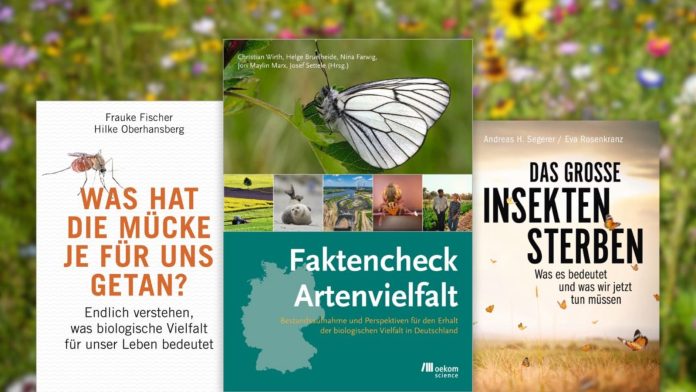Biodiversity loss is one of the major ecological crises of our time. But why is biological diversity so important? What is it threatened by? And how can you promote them? Here are our reading tips for the answers.
Biodiversity is like many things that are taken for granted: people only realize its true value when it is lost. Unfortunately, that is exactly what is happening more and more. Millions of animal and plant species worldwide are now threatened with extinction. As a result, there is a risk of the collapse of entire ecological networks, in which people often only understand the interaction of individual species with hindsight.
This invisible species extinction poses enormous dangers. This is why some scientists see the decline in biodiversity as more urgent than the climate crisis. Compared to climate change, lost biological diversity is much more difficult to reverse or repair – and yet has so far been less recognized by many people.
Biodiversity loss – books and magazines on the subject
It is therefore high time to address the issue of biodiversity, species diversity and species extinction. In this article we present you with 10 reading tips for books and magazines, hand-picked from the oekom publishing program. Have fun diving in!
Tip: What does biodiversity actually mean – and how does it differ conceptually from species diversity? We have explained the terms biodiversity and species diversity for you in a simple and understandable way.
1. “What has the mosquito ever done for us?”
Without insects there is no fruit, without microorganisms there is no humus, without mosquitoes there is no chocolate: With their book “What has the mosquito ever done for us?”, the authors Frauke Fischer and Hilke Oberhansberg manage to convey the importance of biodiversity in an understandable and humorous way. With clear examples, readers understand how diversely interconnected the various plant and animal species on earth are and why the threat to diversity also threatens us.
Order now (book: 20.00 euros | e-book: 15.99 euros)
Non-fiction | 2020 | 224 pages | by Frauke Fischer and Hilke Oberhansberg
Tip: Curious? In episode 16 of the oekom podcast, the authors read from their book “What did the mosquito ever do for us?”
2. “Fact check on biodiversity”
The “Biodiversity Fact Check” provides probably the most comprehensive inventory of biological diversity in Germany. Around 150 authors from 75 institutions and associations examine how biodiversity is developing in this country and how we can preserve it. In addition to the main work with over 1,200 pages, there is also a compact summary for social decision-making. Both editions are available digitally and free of charge in Open Access.
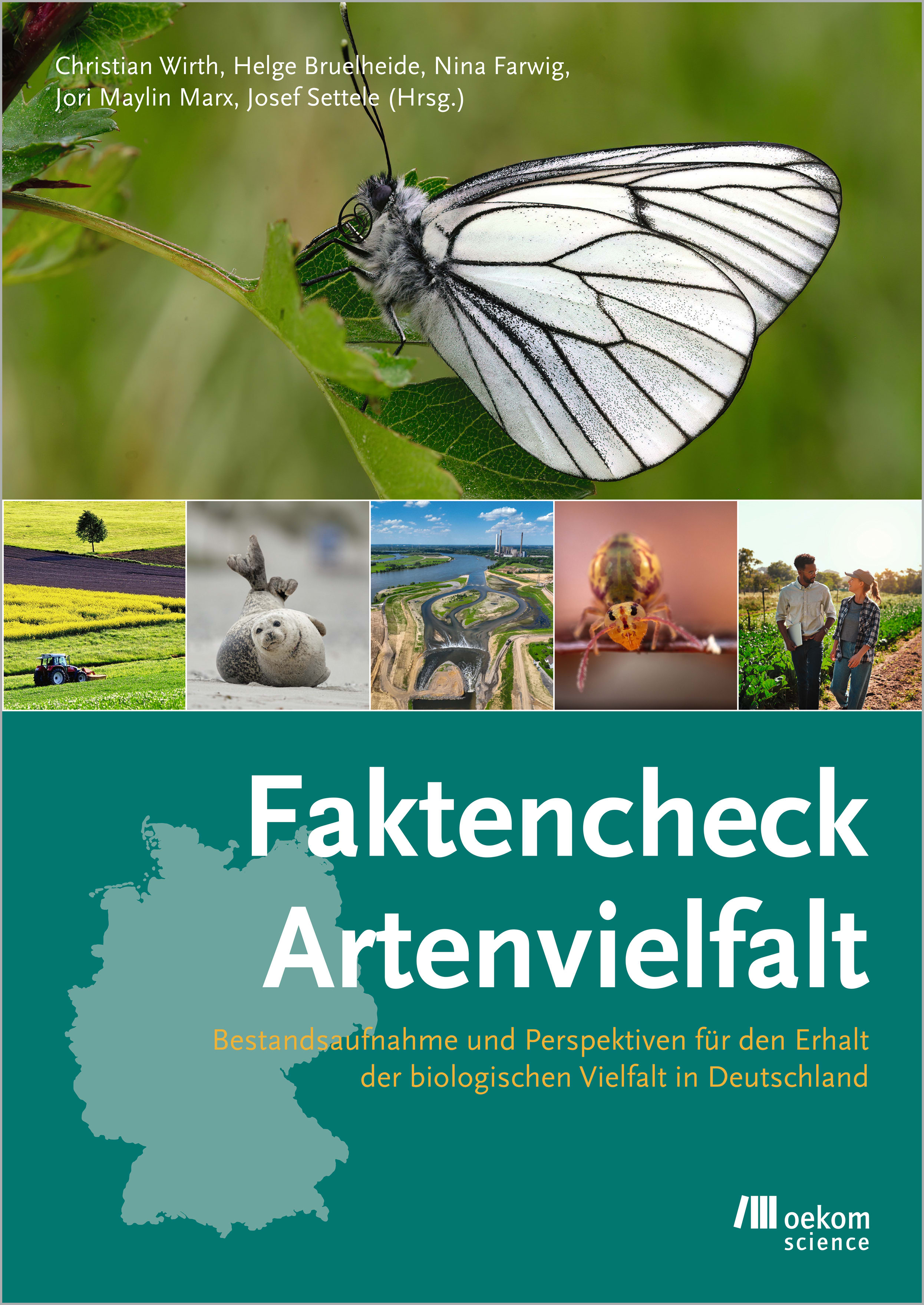
Order now (book: 149.00 euros | e-book free in open access)
Technical book | 2024 | 1,256 pages | by Christian Wirth, Helge Bruelheide, Nina Farwig, Jori Marx, Josef Settele (eds.)
3. “The great extinction of insects”
In “The Great Insect Death,” zoologist and entomologist Andreas Segerer explains together with author Eva Rosenkranz how the rapid decline in insect populations threatens our planetary ecosystem. At the same time, the book shows countermeasures, presents initiatives and lighthouse projects that counteract mass extinction, and gives practical tips on what everyone can do themselves.
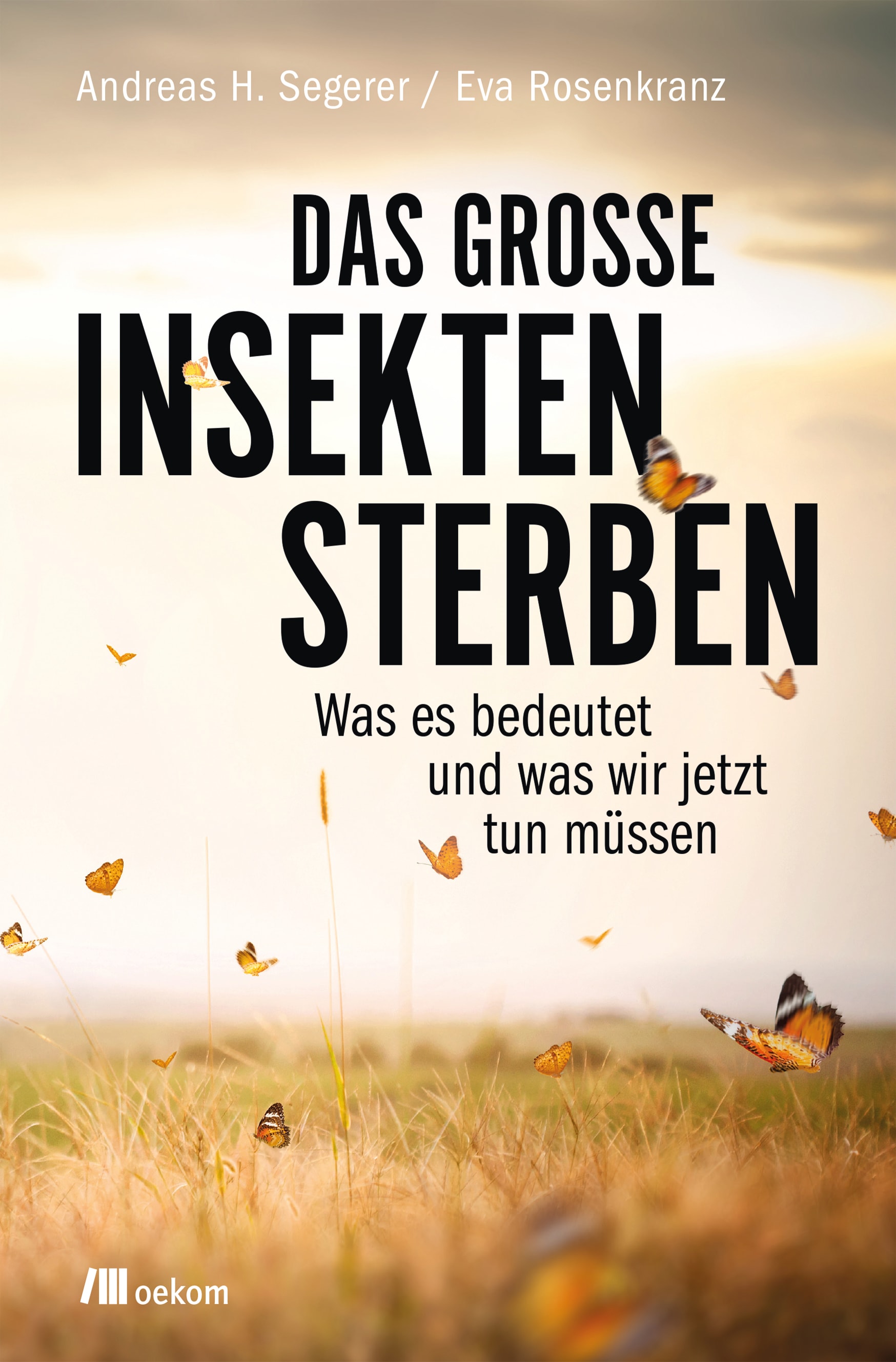
Order now (book: 20.00 euros | e-book: 15.99 euros)
Non-fiction | 2018 | 208 pages | by Andreas H. Segerer and Eva Rosenkranz
Tip: At BIO you can read how to garden with insect hotels and hiding places for insects and how you can make your balcony insect-friendly.
4. “Creation without a crown”
In “Creation without a Crown,” the American sociologist Eileen Crist analyzes how the mass extinction of species on earth could occur. As a result, she radically calls for a withdrawal of humans in order to preserve biodiversity: “It is not nature that belongs in the reserve, but humans. He must realize that he is only a part of a wealth of life forms that are worth preserving.

Order now (book: 28.00 euros | e-book: 21.99 euros)
Non-fiction | 2020 | 400 pages | by Eileen Crist
5. “Whale makes the weather”
In the follow-up book “What has the mosquito ever done for us?” the authors Frauke Fischer and Hilke Oberhansberg show us how we can also slow down climate change by protecting biological diversity. Because the two major ecological crises of our time – climate change and the rapid one
Biodiversity loss – are mutually dependent and so there are also common solutions.

Order now (book: 24.00 euros | e-book: 18.99 euros)
Non-fiction | 2023 | 208 pages | by Frauke Fischer and Hilke Oberhansberg
6. »Beautiful world of insects«
The death of bees has brought the threat to insects into the public eye. So is there any improvement in sight? Unfortunately not. Anne and Eberhard Schneider explain this in “Beautiful World of Insects. Their destruction and what we can do about it.” In the book, richly decorated with nature photographs, the two show that those who benefit from the loss of biodiversity continue as before.
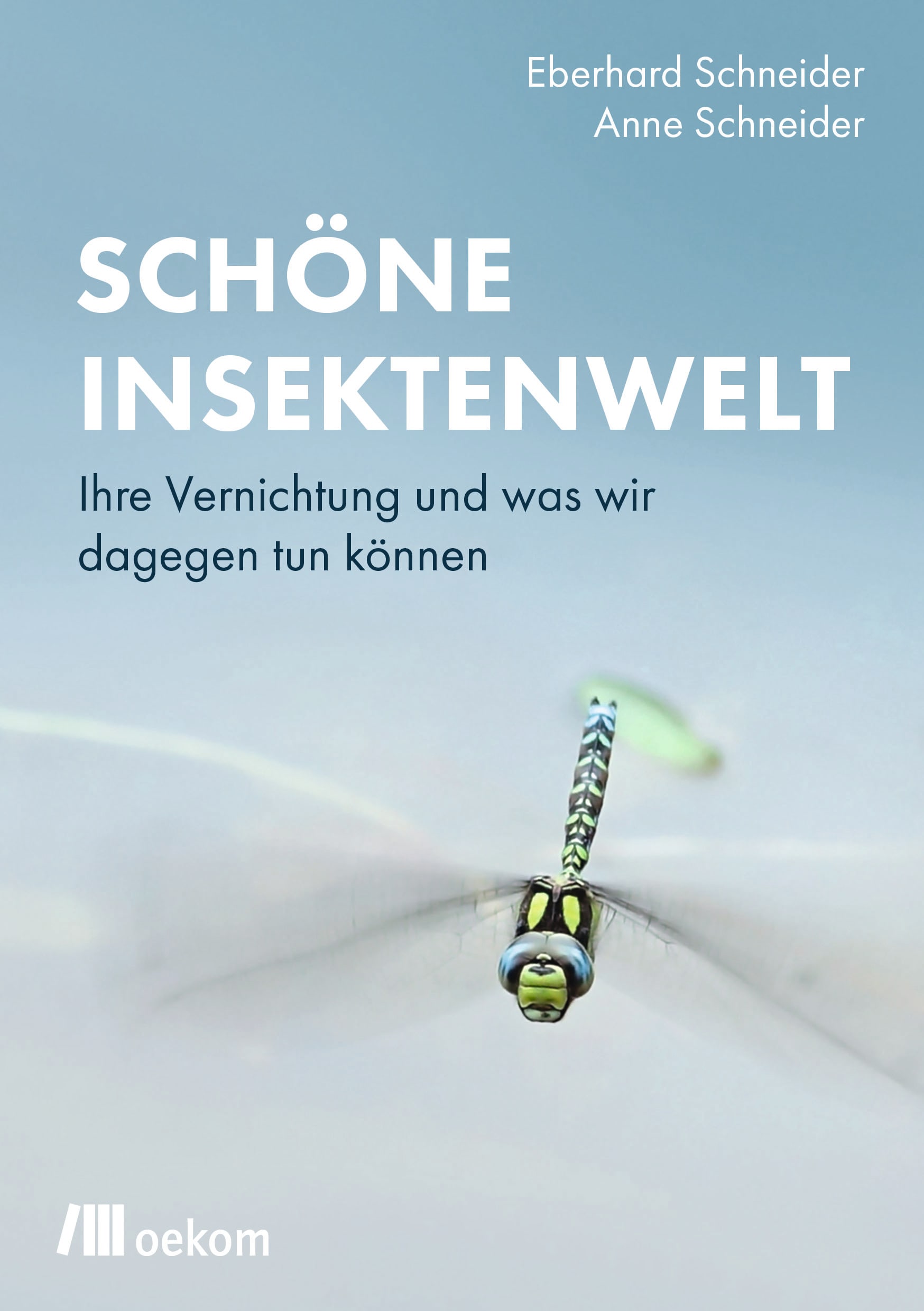
Order now (book: 22.00 euros | e-book: 17.99 euros)
Non-fiction | 2020 | 176 pages | by Eberhard and Anne Schneider
7. “Garden Safari”
In »Garden Safari. On the trail of local nature. Discovery tips all year round«. In addition to numerous color photos, the author gives helpful tips on when and where which animals can be observed.
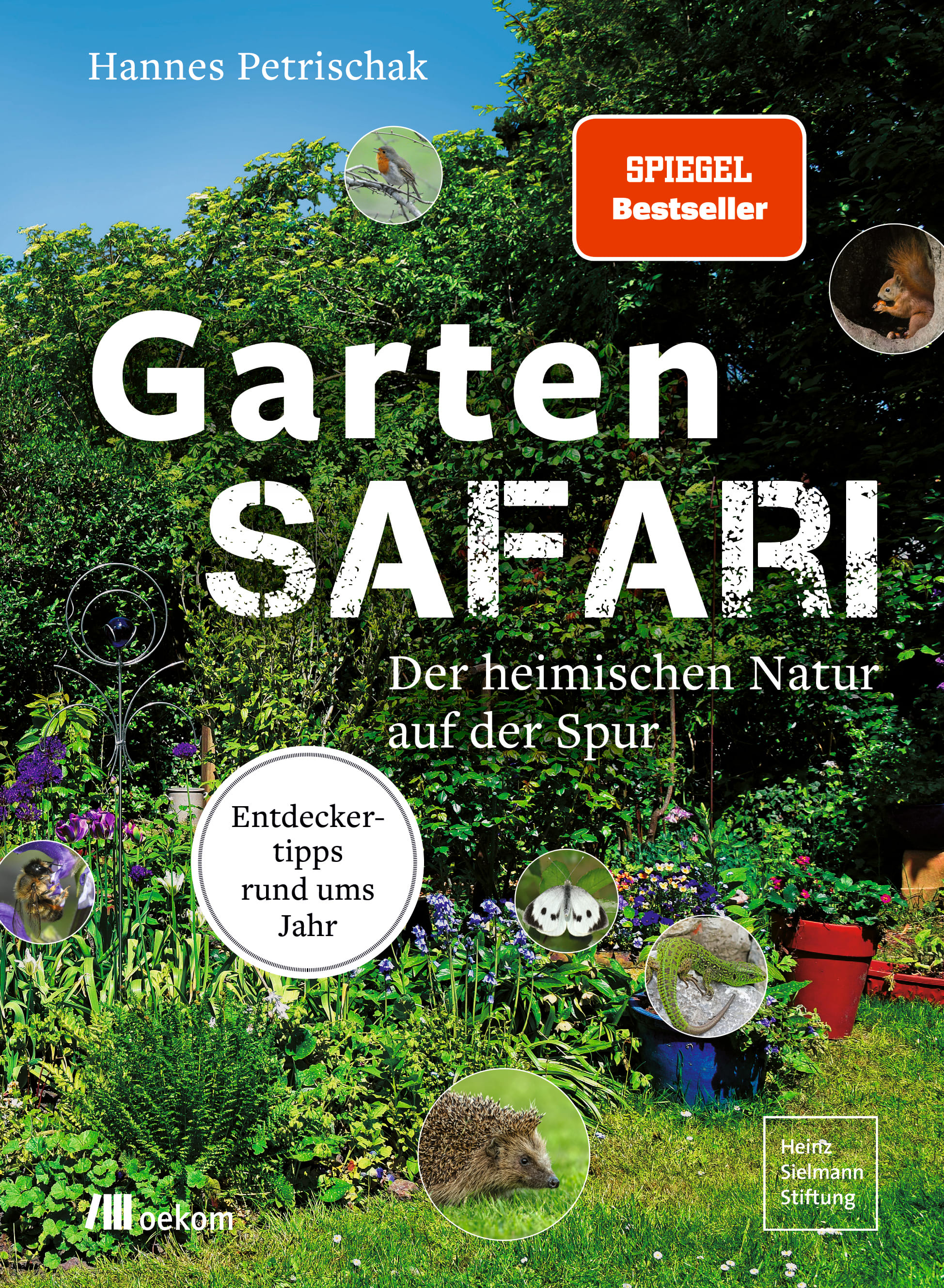
Order now (book: 20.00 euros | e-book: 15.99 euros)
Non-fiction | 2022 | 208 pages | by Hannes Petrischak
Tip: Read Hannes Petrischak's 15 tips for a natural garden and make your green home biodiversity-friendly.
8. “About Life”
Species are becoming extinct, diversity is dwindling and ecosystems are collapsing. Against this background, the award-winning illustrator Johann Brandstetter wants us to learn to rediscover and appreciate nature and its diversity with his works of art in the illustrated book “About Life”. Because we only protect what we value.
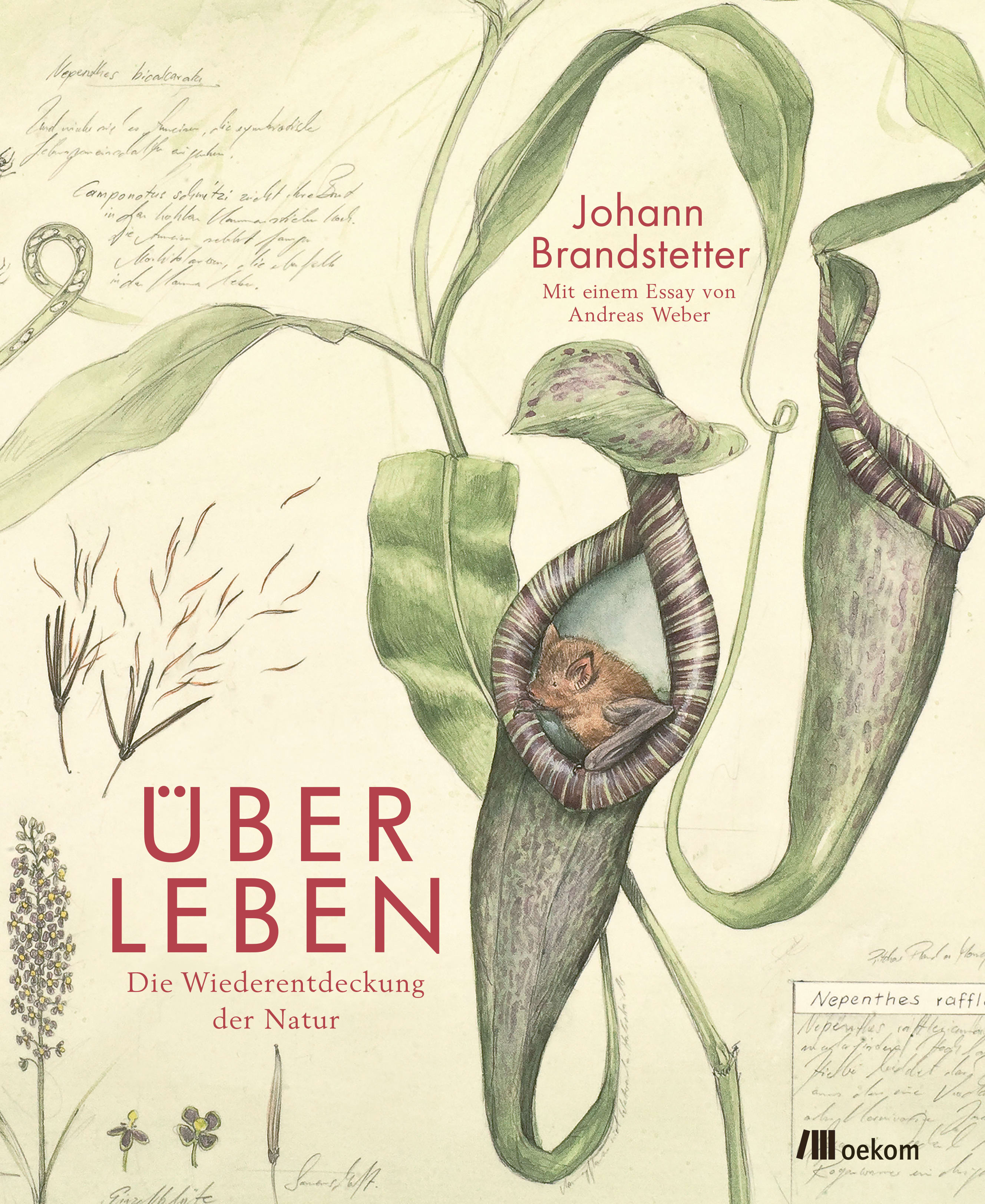
Order now (book: 39.00 euros | e-book: 30.99 euros)
illustrated book | 2019 | 112 pages | by Johann Brandstetter and Andreas Weber
9. »Expedition Biodiversity«
The illustrated book “Expedition Biodiversity” shows special biodiversity hotspots in Germany in impressive photographs: the nature conservation areas of the Heinz Sielmann Foundation in Brandenburg. They were created during the renaturation of military and industrial wastelands and, as barren natural areas, became unique retreats for flora and fauna.
Order now (book: 29.00 euros | e-book: 22.99 euros)
Non-fiction | 2019 | 208 pages | by Hannes Petrischak
10. “National Park”
Our specialist magazine “National Park” deals with the protection of nature and, at the same time, people’s encounters with the wilderness. In four issues a year it is dedicated to exciting topics around nature reserves and national parks. The threat to biodiversity was the cover story here in December 2019: “On the way to simplicity. Biological diversity is on the decline.« (National Park 04 – 2019).
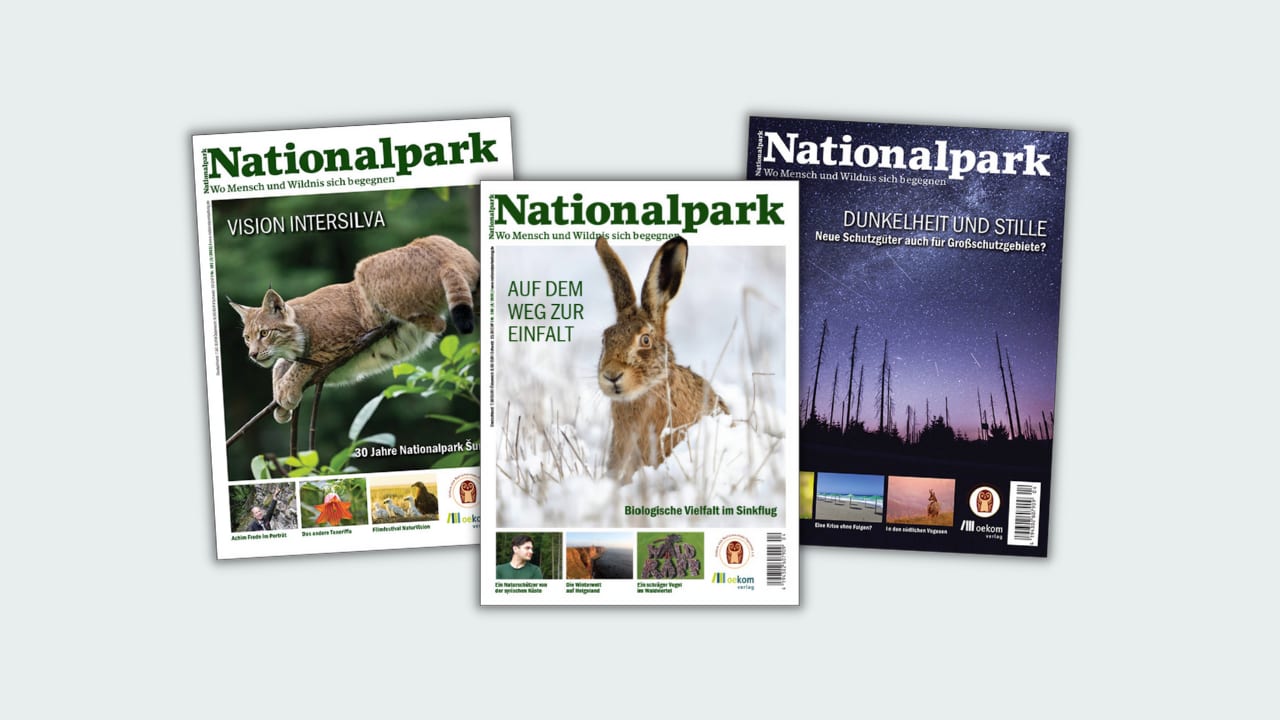
Order now (booklet: 7.90 euros | PDF: 6.70 euros | print subscription: 28.40 euros | digital subscription: 26.80 euros)
trade magazine | 4 issues per year | 400 pages
Further reading tips about biodiversity and species extinction
- “Protecting our Seas” (2024) describes the biological diversity of the oceans and the most pressing challenges
- “On the End of Agriculture” (2021) advocates for a post-agricultural world in which agricultural areas can become wilderness again.
- “The Wooden Path” (2021) is dedicated to local forests as a networked, threatened ecosystem.
- “Wild Neighborhood” (2021) presents theory and practice on wilderness education through which people can better understand global challenges such as climate change or loss of biodiversity.
- “The Palm Oil Compass” (2019) explains the far-reaching consequences of the palm oil industry for biodiversity, climate and people and provides facts and tips for everyday life.
#naturaloekom: We live sustainability
oekom publishing house is not only committed to sustainability in terms of content, but is also making progress in production and distribution with a voluntary commitment to sustainable publishing. Our books are produced in a climate-neutral manner and printed on recycled paper. You can read detailed information about how oekom is actively committed to greater sustainability in the oekom section of course.

